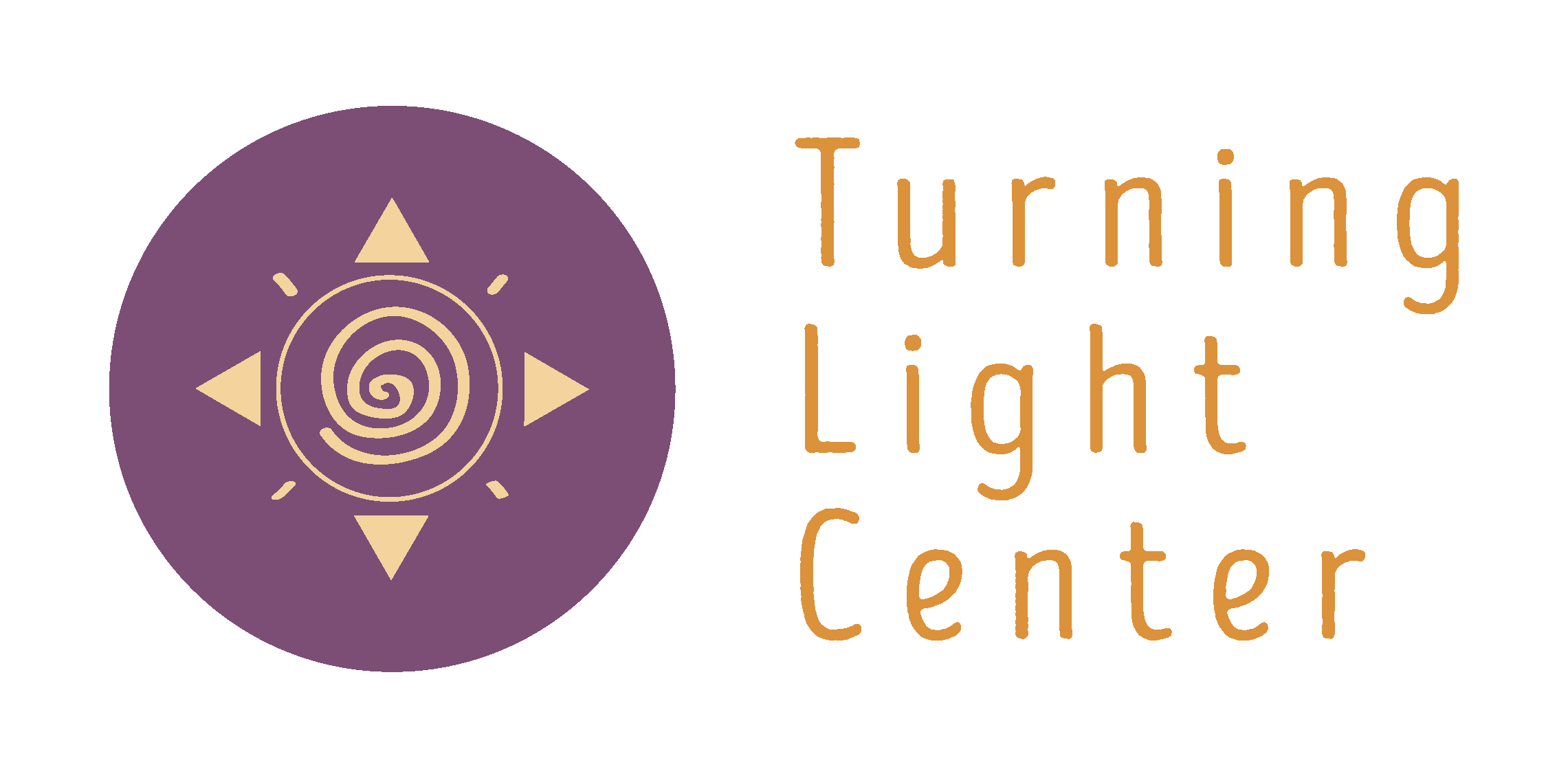Alternative to "no pain, no gain"
Do you believe in “no pain, no gain”? Do you keep pushing ahead, or shouldering forward? As pain and tension increase, do you write it off as part of aging? Are your favorite activities less fun than they used to be? This does not have to be so!
Challenge is good, but we have come to mistake tension, strain, pain, and rigidity for strength, stability, and resilience.
The truth is, pushing through pain generally just leads to more pain. Pain creates tension, tension interferes with core and with functional movement. Then we end up with knee issues, hip issues, foot issues, shoulder issues… fill in the blank! Plus chronic muscle tension is communicated to the nervous system as a constant state of arousal and exacerbates all the symptoms of stress.
There IS another way!
Several of my marathoner friends have reported that when they run a race relaxed, they get their best times! Surprised?
Pain is sign of dysfunction in the body; with chronic pain, the site of the pain is rarely the root of the problem.
The trick is to improve functional movement: when you find stillness and quiet for what shouldn’t be working in your body, then the correct muscles, ligaments, and tendons can do their jobs, and that gets us out of pain. Along the way you will improve your awareness of what leads to your pain cycles, and what you can do to shift the patterns.“When you move better, you feel better.”Moving well (functionally) allows unwinding of tension, release of pain, and increases stability, flexibility, and enjoyment of life.
Try this: let me know what you discover!
Notice the level of tension or strain in your shoulders, and even your neck.
Find a comfortable position sitting in a straight chair, or on a cushion on the floor. Feel your feet under you and try to neither slump nor strain erect. Bring your awareness to your breath, allowing it to smooth out and deepen into the belly. Maintain this easy, relaxed breath during the following movements.
Begin some small shrugs of the shoulders – lifting them slowly up toward your ears and then slowly releasing them. Make sure you move in a range where there are no clicks, clunks, pops, or strain. Don’t worry if the resulting moves are really small! Do this 5-6 times. (These are not the grinding, pulling shoulder rolls of the past!)
Next expand these shrugs into small circles, about 3-4 in each direction. Make the circles silent and smooth as well. Notice if they are round circles or squashed on one or more sides. Make you circles small and smooth. Maintain your easy deep breathing.Now just sit and see what you notice: how are your shoulders and neck? How are your hips and back? You may be surprised to notice that not only are your shoulders a little softer, perhaps sitting lower, but other parts of your body have relaxed some as well.
“Ease in one part of the body, brings more ease to the whole body. And so too, to the whole body-mind system.”
